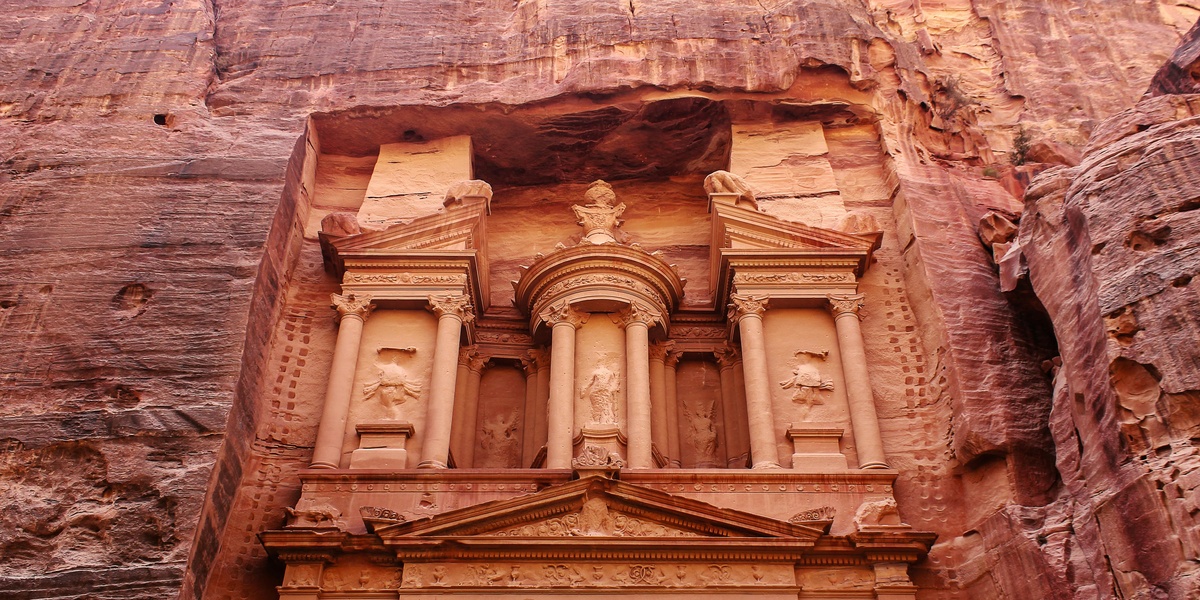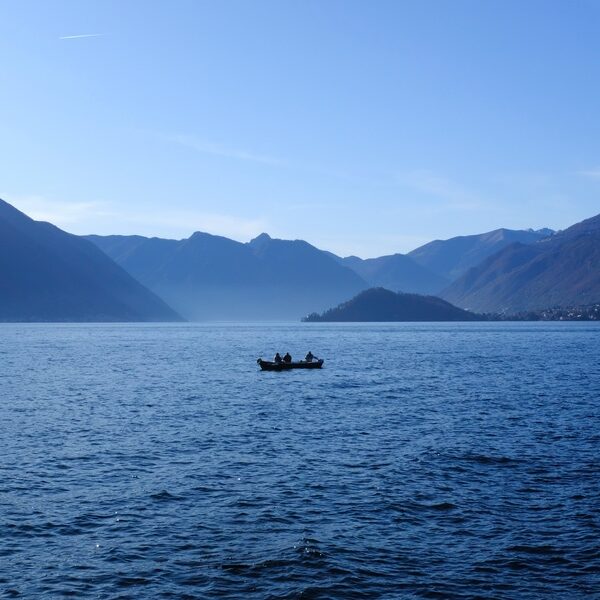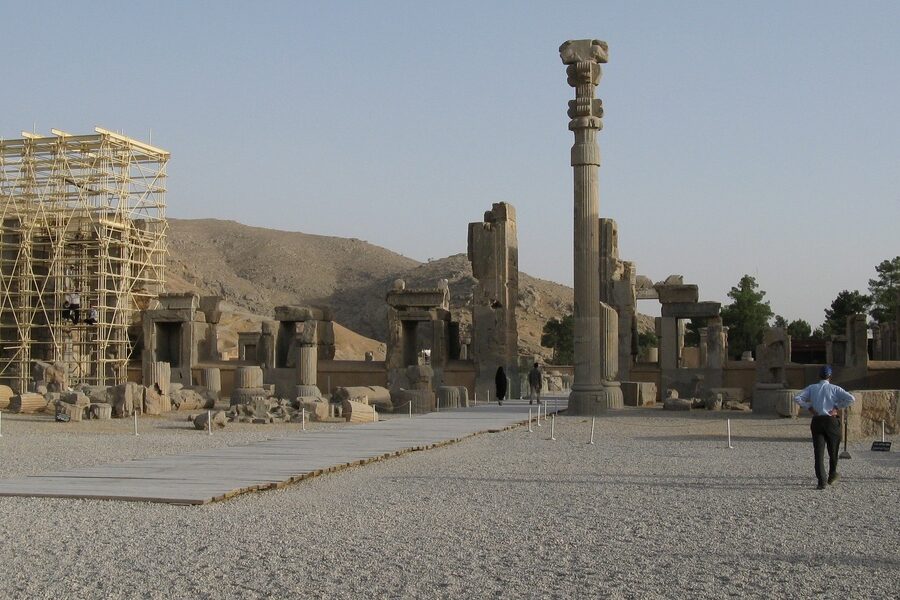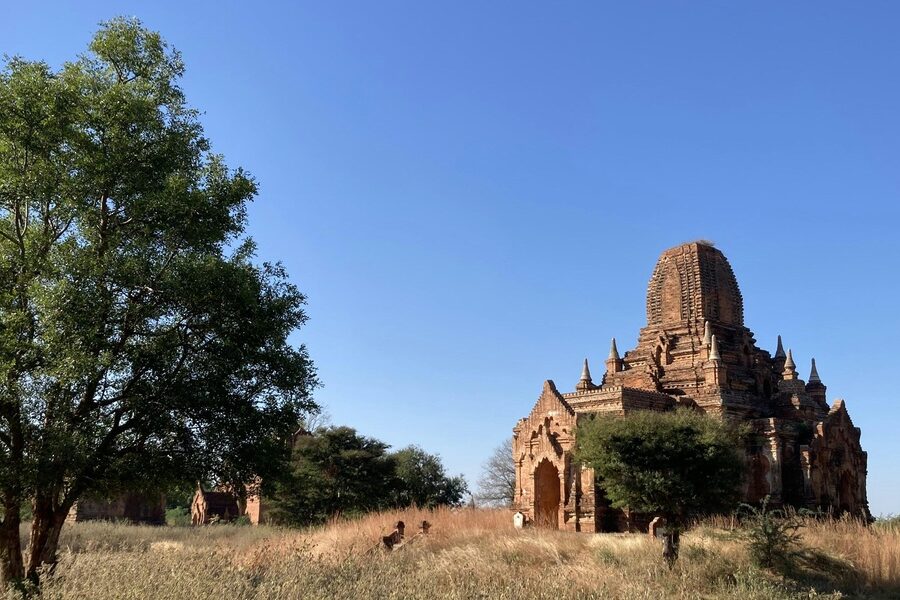Jordan sits at a crossroads of cultures and landscapes — from Roman columns and desert canyons to the Jordan River basin — where each site tells a piece of the country’s long history. Travel here mixes archaeology, natural scenery and living traditions in a small, easy-to-reach area.
There are World Heritage Sites in Jordan numbering exactly 7, ranging from Al-Maghtas to Wadi Rum Protected Area. For each site the Inscription year, Location, and Area (ha) are listed to help you compare dates, places and sizes — you’ll find below.
How do I combine several sites into one practical itinerary?
Plan by region and travel time: allot full days for Petra and Wadi Rum, shorter stops for sites near Amman, and factor in driving between southern and northern locations. Check opening times, consider guided tours for complex sites, and travel in cooler months for desert areas.
Are these sites generally open to visitors and what should I expect on arrival?
Access varies by site: some have visitor centers and set routes, others are more rugged. Expect entrance fees, basic facilities at major sites, and conservation rules (stay on paths, no climbing). Local guides often improve both access and understanding.
World Heritage Sites in Jordan
| Name | Inscription year | Location | Area (ha) |
|---|---|---|---|
| Petra | 1985 | Ma’an Governorate, near Wadi Musa | 26,400 |
| Quseir Amra | 1985 | Zarqa Governorate, eastern desert | 0.04 |
| Um er-Rasas (Kastrom Mefa’a) | 2004 | Madaba Governorate, south of Madaba | 23.9 |
| Wadi Rum Protected Area | 2011 | Aqaba Governorate, southern Jordan | 74,180 |
| Al-Maghtas | 2015 | Balqa Governorate, on the Jordan River | 294.1 |
| As-Salt | 2021 | Balqa Governorate, west of Amman | 71.12 |
| Umm al-Jimal | 2024 | Mafraq Governorate, northern Jordan | 42.58 |
Images and Descriptions
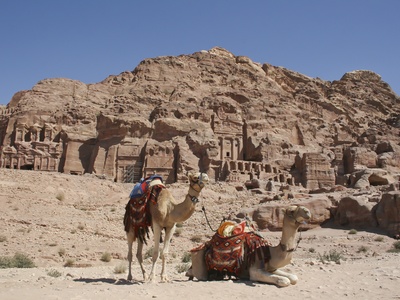
Petra
The famous “Rose City,” a stunning ancient metropolis carved directly into vibrant red sandstone cliffs by the Nabataeans. It’s a vast archaeological park, home to the iconic Treasury, monasteries, and tombs, blending Hellenistic architecture with Eastern traditions.
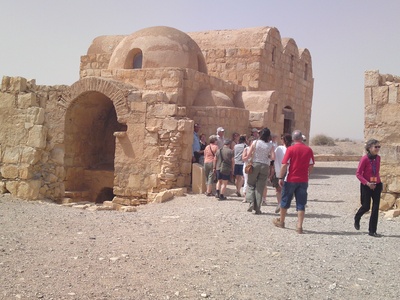
Quseir Amra
An exceptionally well-preserved 8th-century desert castle from the Umayyad caliphate. While small, it is renowned for its magnificent frescoes depicting courtly life and hunting scenes, offering a rare glimpse into early Islamic secular art and architecture.
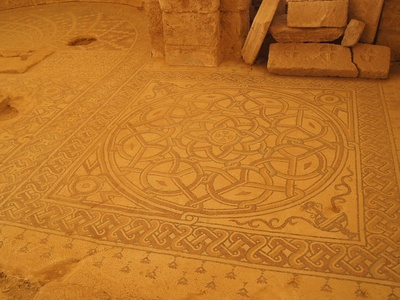
Um er-Rasas (Kastrom Mefa’a)
Once a Roman military camp, this site evolved into a thriving town with stunning Byzantine-era churches. It’s most famous for the spectacular mosaic floor in the Church of St. Stephen, depicting cities of the region and providing unique historical insight.
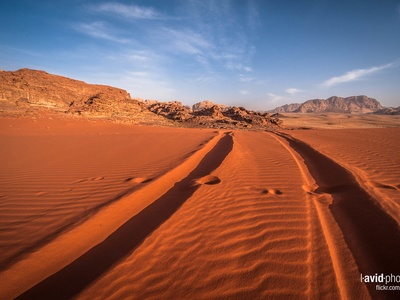
Wadi Rum Protected Area
A breathtaking desert landscape of dramatic sandstone mountains, natural arches, and vast red sands. This mixed heritage site is also rich in culture, with over 25,000 rock carvings and inscriptions tracing human history back 12,000 years.
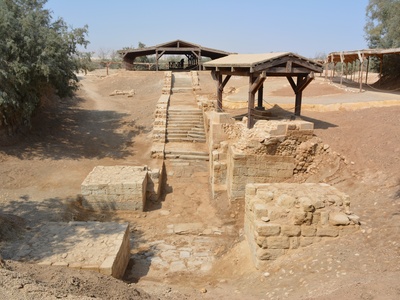
Al-Maghtas
A profoundly significant Christian pilgrimage site on the Jordan River, widely believed to be the location where John the Baptist baptized Jesus. The area includes Roman and Byzantine remains of churches, baptismal pools, and caves used by hermits.
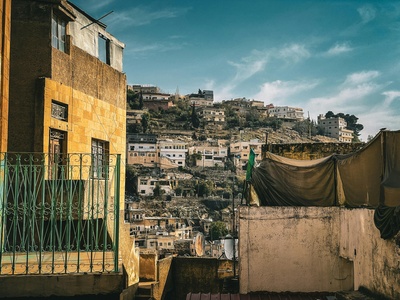
As-Salt
A historic town celebrated for its unique blend of Ottoman-era architecture and a long-standing tradition of interfaith harmony. Its golden limestone buildings, winding streets, and welcoming community reflect a golden age of peaceful coexistence between Muslims and Christians.
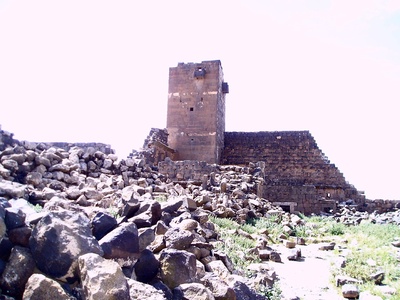
Umm al-Jimal
A remarkable late antique town built entirely from local black basalt stone, giving it a striking appearance. Known as the “Black Gem of the Desert,” its ruins offer an almost complete picture of a provincial town from the Roman to early Islamic periods.

